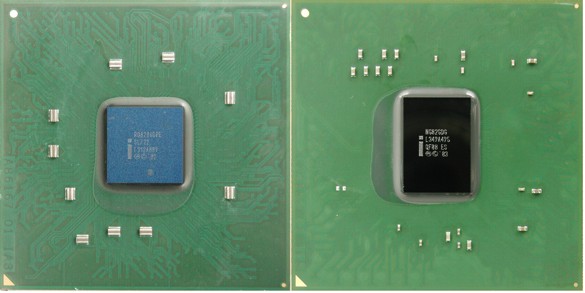Intel's 865/875 Superior Performance Song Remains the Same
865/875 Versus 915/925
875 versus 925X
For now, the actual performance of the 925/915 platforms lags behind their theoretical potential. Initial tests in our lab showed that only the performance boost for FSB 1066 and DDR2-667, which Intel plans for the fall, leads to a clear improvement in performance. Processor clock speeds become more and more a secondary factor: whether 3.2, 3.4 or 3.6 GHz, the difference between the models turns out to be very small in practice.
We consider the lasting power of the 925 chipset to be similar to that of the E7205, alias Granite Bay , 18 months ago. This chipset was the first model to offer support for two-channel DDR memory in the desktop, even though it was originally intended as a workstation product. After only half a year, though, it was time to switch over from FSB 533 and Dual DDR333 to FSB 800 and Dual DDR400 with 865/875. The same type of thing seems to happen again and again, because now the 925XE is the chipset that is worth waiting for. By the time it is launched, the next generation of graphics cards and hard drives with Command Queuing should be available, so that getting a whole new set of different components could again make sense.
Others arguments in favor of 865/875 are the low overall cost and improved energy efficiency. The Pentium 4 Northwood remains Intel's most frequently shipped processor; it has much less power dissipation than the P4 Prescott, and at the same time it is not slower despite its L2 cache, which is 512 kB smaller.
For the time being, both VIA and ALi are working on P4 chipsets with simultaneous support for PCI Express and AGP. Thus, graphics cards that can accommodate AGP should be available early next year.
Get Tom's Hardware's best news and in-depth reviews, straight to your inbox.

Patrick Schmid was the editor-in-chief for Tom's Hardware from 2005 to 2006. He wrote numerous articles on a wide range of hardware topics, including storage, CPUs, and system builds.
